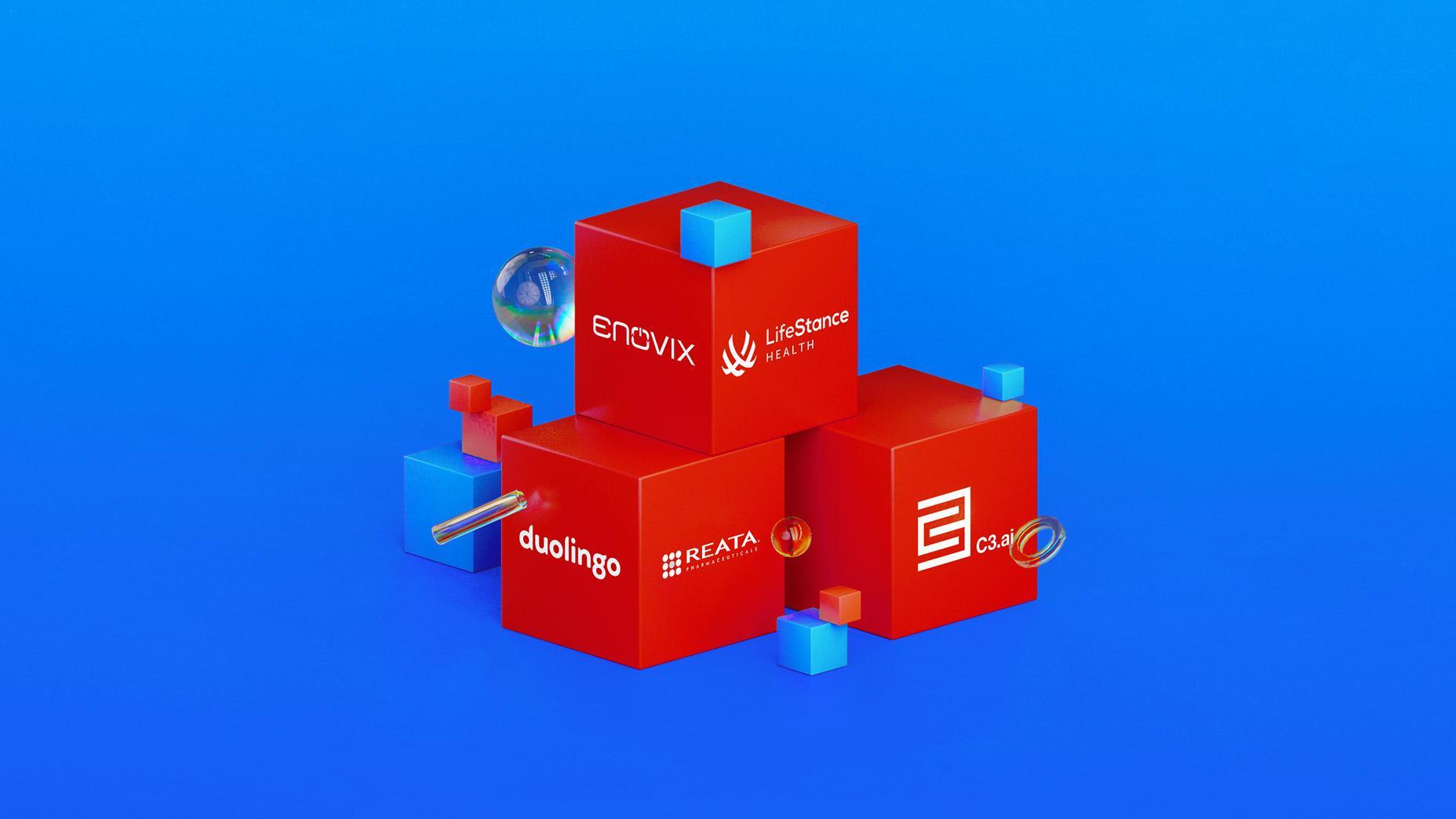Understanding Stock Valuation: A Guide to Using the Price-to-Cash Flow Ratio
5 minutes for reading

This article is dedicated to a multiplier called P/CF, frequently used by traders and analysts for stock analysis. We will show you examples of how the multiplier can help you choose investment instruments, and how you can use it in comparative analysis.
P/CF calculations
P/CF is the abbreviation for Price/Cash Flow. P/CF measures the value of a stock's price relative to its operating cash flow per share. To find the P/CF ratio, divide the market price of the company by the cash flow from its market operations.
Where:
- Price is the capitalisation of the company, which can be calculated as the price of one share multiplied by the number of shares in turnover. The market capitalisation of the company can be found in financial reports or on the Internet. The capitalisation amount digits normally get rounded because of the constantly changing stock quotes. For a more precise result, calculate it yourself by using the current share price.
- Cash Flow is the amount of cash that the company has "on hand" after all the expenses are paid. In essence, this is money that can be withdrawn painlessly, or used for paying out dividends to shareholders.
Example of a P/CF calculation:
The share price of AMD at the time when this article was prepared was 109.15 USD. There were 1,212,965,282 shares in turnover. Multiplying these, we find that AMD stock cost 132,395,160,530.3 USD.
Though cash flow and net profit are quite similar to one another, the former has certain differences from the latter:
- Cash flow demonstrates the current money volume.
- Cash flow accounts for the overall income and payments.
- Cash flow accounts for the expenses of the next period.
This means that cash flow shows a company's financial situation more objectively than the net profit.
P/CF ratio
Conditionally, P/CF ratios are calculated in the following range:
- A P/CF above 20 means that the company is not doing well
- A P/CF between 15 and 20 is acceptable
- A P/CF below 15 means that the company is doing well and has bright prospects – Such companies are considered underpriced
These ratios might, of course, differ depending on the sector of the economy the company operates in, or the company's current stage of development. Young and fast-developing companies may demonstrate negative P/CF, confusing investors, but this does not necessarily mean that the company is doing badly. The P/CF ratio will become correct as soon as the company stands firmly on both feet.
Using P/CF to help with investment decisions
Let's see how the multiplier can be used in practice to help with investment decisions. As an example, we chose two companies, namely GoPro, Inc and iRobot Corporation, which are operating in the same field of business (tech sector, appliances). With all the available modern technology, there is no point in calculating the P/CF manually since it can easily be found on the Internet. Let's compare the September 2021 ratios of the two companies.
The P/CF ratio of GoPro Inc was 7.63 while iRobot Corporation's P/CF ratio was 13.70. Both companies were in the positive area of the multiplier, which means they had good prospects for development. They were both underpriced by the market and had room for growth. GoPro Inc, had a more prominent ratio, yet it would be incorrect to call this advantage a serious one. Both companies were at the same level of development.
The conclusions based on the P/CF ratios were confirmed by the D1 charts of the shares of the companies. The stock quotes of both companies were in a flat, promising growth.
As the next example, let's take a look at two companies from the same sector but with a big difference in the P/CF ratio: Goldman Sachs BSC, Inc. and Mastercard Incorporated. As you can figure out from the financial indices, in September 2021, the P/CF ratio of Goldman Sachs BDC, Inc was 6.92, which means the company was underpriced and had bright prospects for growth.
The P/CF ratio of Mastercard Incorporated was above all limits, reaching 60.07, meaning the company was overpriced, and investors might therefore want to get rid of their shares in the future.
On the D1 charts of Goldman Sachs BDC, Inc and Mastercard Incorporated, the stock quotes of the former went on being flat while an uptrend was developing, which also supported growth in the future.
As for the latter's stock quotes, they continued the downtrend, breaking through the support levels. At that particular stage, they were unlikely to recover, and the tech analysis showed that the price would most probably be dropping, while the market capitalisation would follow it.
Comparing the two companies, the tech analysis and P/CF ratio showed that investors of the Goldman Sachs BDC, Inc might expect a brighter future.
Closing thoughts
As well as other multipliers, the P/CF has certain characteristics that allow to compare companies from the same sector and form financial reports by the same criteria. The optimal option would be to use the P/CF alongside other indicators.
* - Past performance does not predict future returns.
类别
最近的帖子
Discover How Warren Buffett Adjusted His Investment Holdings in the Second Quarter: New Additions and Complete Sell-Offs
The Public Offering of Justworks, Inc.: A Deep Dive into its Innovative Cloud-Based Accounting Management Platform and its Investment Appeal on 12 Jan...
Delve into the Forces Shaping the Gaming Industry: Insights on Engine Gaming, SciPlay, Sea, Roblox, and Electronic Arts.
Peloton Unveils Business Overhaul with Leadership Change and Cost-Cutting Strategy: Targeting Growth or Setting the Stage for Acquisition?
Weekly News Roundup: Salesforce, Okta, Chewy, and Crowdstrike Release Quarterly Results; Microsoft Reduces Quarterly Forecast - How Did Their Stocks R...





